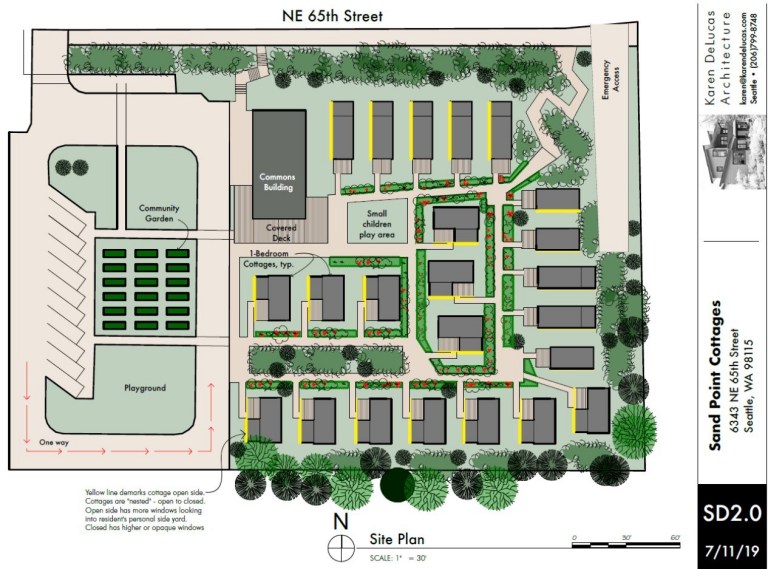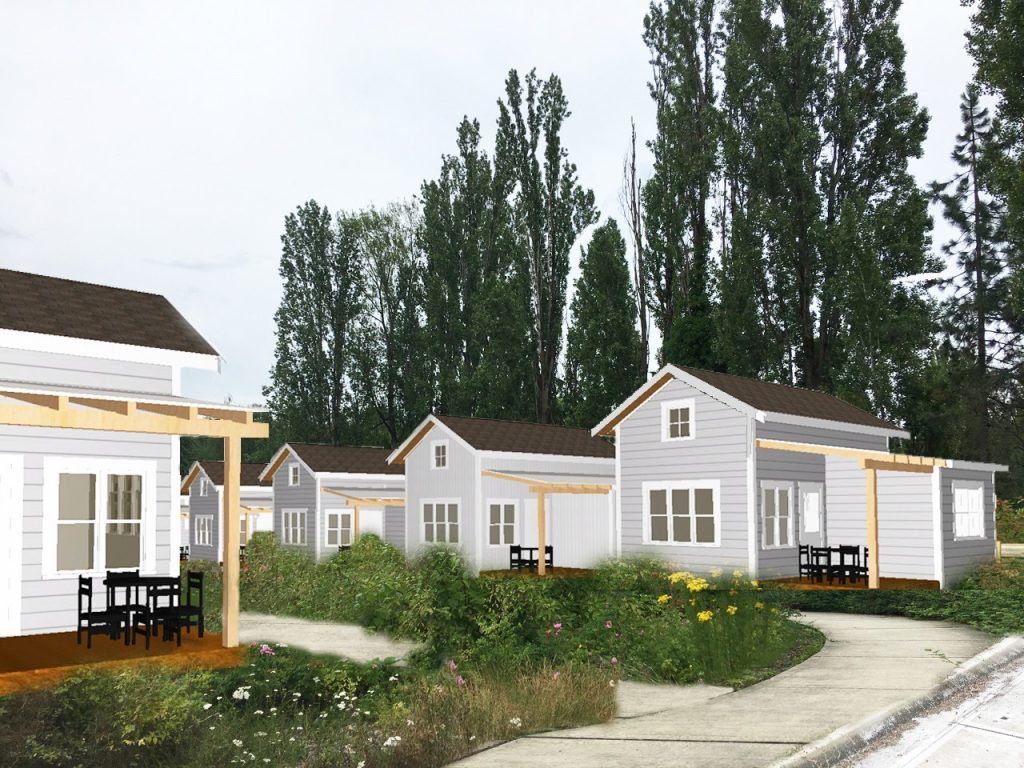You might’ve seen or read in news reports that skilled trade labor is dwindling across the nation. Plumbers, electricians, technicians and carpenters are in high demand, but those skilled laborers are not entering the work force according to the statistics. The software company Autodesk and the Associated General Contractors of America found that nearly 80% construction firms they surveyed had a difficult time filling skilled hourly positions. For Home Run Solutions, this topic has been at the forefront of our long-range planning and short-term strategy for a few years now.
Here are a few key contributors to the trade shortage:
- The Great Recession: The last economic downturn caused many construction companies to close their doors. Many skilled laborers were forced to find employment in other industries. Even though that was over 10 years ago, most who left the trades have not returned.
- Baby Boomers Close to Retirement: The 2018 Current Population Survey showed that the percentage of workers 55 and older was 21.7% of the construction workforce. This number is up from 16.8% in 2010 and is a higher percentage than the national average of other industries. This trend is only expected to get worse over the next 10 years.
- Millennials Aren’t Choosing the Trades: The next generation of skilled workers are not entering the workforce to replace its aging predecessors. Many think it has to do with a stigma that skilled labor is a second-class way to earn a living. There is pressure from educators and parents for young adults to avoid the trades and instead seek a career path that starts at a university.
What we found at a couple of local schools is very impressive
There is much truth in the points listed above. We also found it hard to believe that we wouldn’t be able to count on the next generation to enter the trades and more importantly stay in the trades long-term. Recently we reached out to some local tech schools in the area to see for ourselves what the next generation of trades-in-training looked like. There are programs here in King and Snohomish County that are viable options for high school and college students to learn skills that will help them earn a career in construction. What we found at a couple of local schools is very impressive.
Jacob and I were recently invited into two of these schools: Sno-Isle Tech Skills (in Everett) and Wood Technology Center (at Seattle Central College). The construction department at Sno-Isle Tech Skills is for 11th and 12th grade high school students in Snohomish and Island Counties. Students come to spend half of their day at Sno-Isle Tech and the other half at their district school, 5 days a week. The curriculum in the fall has a focus on skill development, tool safety, and best practices. Many of the students have no prior exposure to carpentry.

College students attend the Wood Technology Center as a part of a 5-quarter program. All students take a quarter of construction core basics and safety training. After that they choose from 3 outstanding departments: Boat Building & Repair, Cabinetmaking & Architectural Woodworking, and Carpentry. The class we spent time with was in the carpentry department.
During our visits we had an opportunity to briefly explain our path into the remodeling industry. More importantly for students this was a chance for them to ask us specific questions about the industry. The questions they posed were no softballs either. They inquired about wages, training expectations, and specifics on our company goals. The students were engaged and enthusiastic. We stayed on hand to tour both campuses and watch the students as they worked on projects in their workshop.
The high school students were working on planter box projects for which they will sell at the Mukilteo School Dist. Annual Holiday Vendor Fair coming up on Saturday, November 2nd at Mariner High School. Proceeds go to fund materials and supplies for their class.
The benefits of this program are direct and far reaching
The college students were working on interior wall models. On this day they were sanding and coating the drywall on their prototypes. They won’t be working in the abstract for long though as both programs will be involved in building modular homes in the Sand Point Cottage Community. This is a new program organized by the Low Income Housing Institute (LIHI) which will provide 22-25 studio and one-bedroom cottages for lease to Seattle families. The homes will be constructed at the schools this Spring, then trucked to the vacant property owned by the city of Seattle near Magnuson Park. The homes will reside on permanent foundations and final assembly will be handled by an onsite general contractor.

The benefits of this program are direct and far reaching. For the students, the project will provide them opportunity to develop their carpentry skills as well as exposure financial planning, scheduling and problem solving. We intend to be a part of both programs on a regular basis throughout the school year. These tours helped reassure us that there is indeed interest in the skilled trades. In addition, there are passionate teachers and thriving programs in place to ensure these students do get the training to succeed once they enter the workforce.

For more information about Sand Point Cottage Community please visit: https://lihi.org/2019/07/29/announcing-sand-point-cottage-community/
